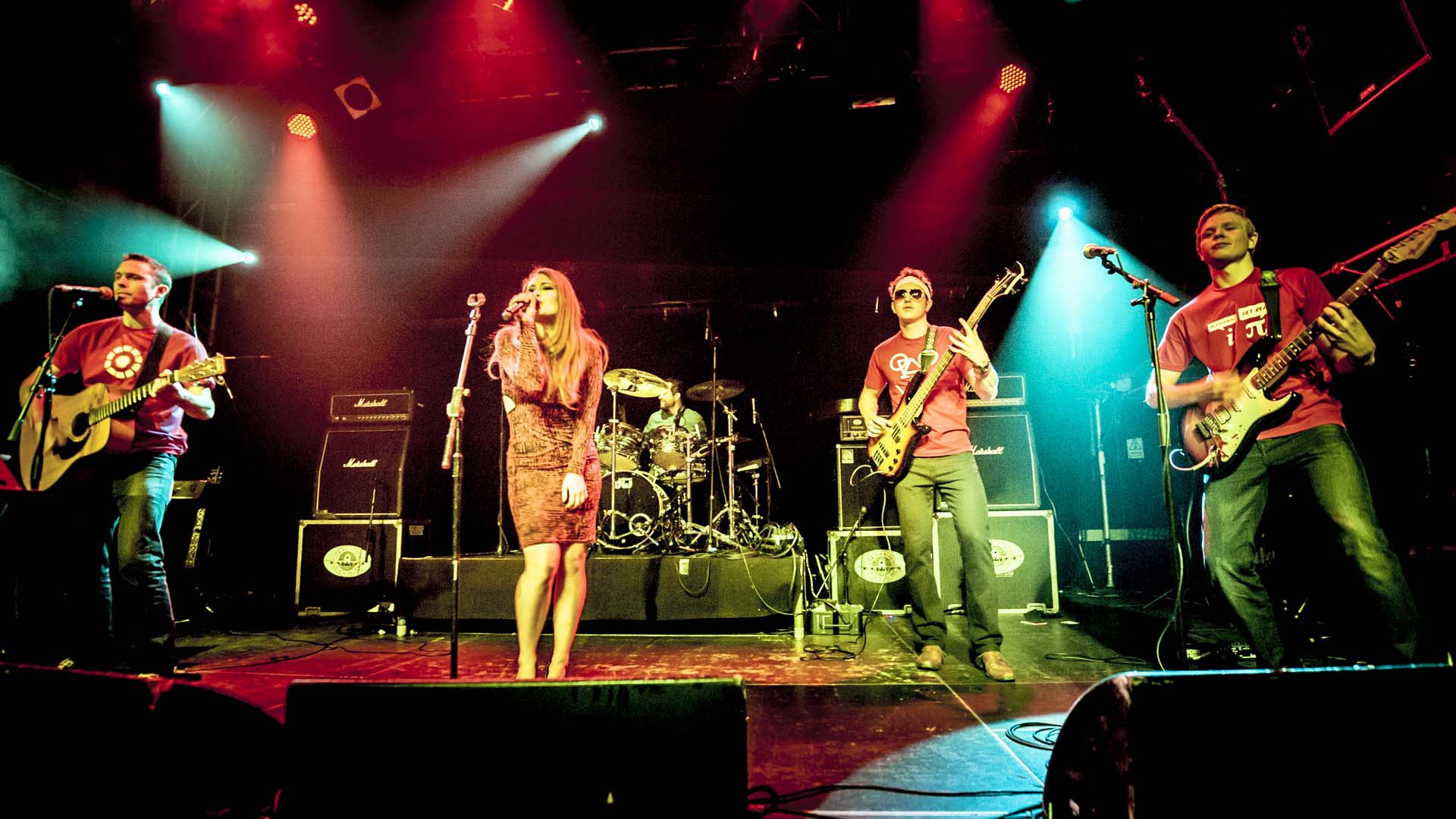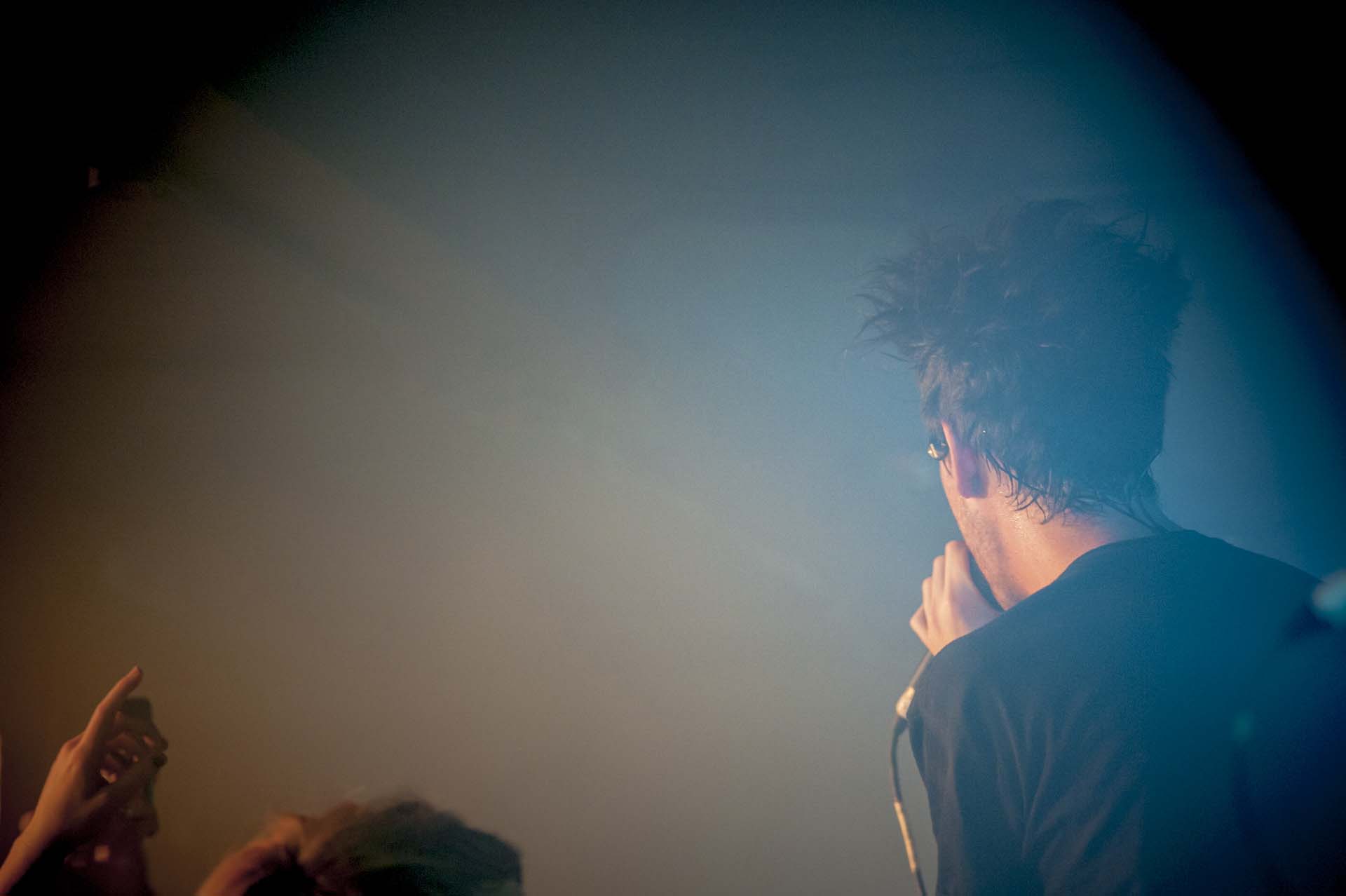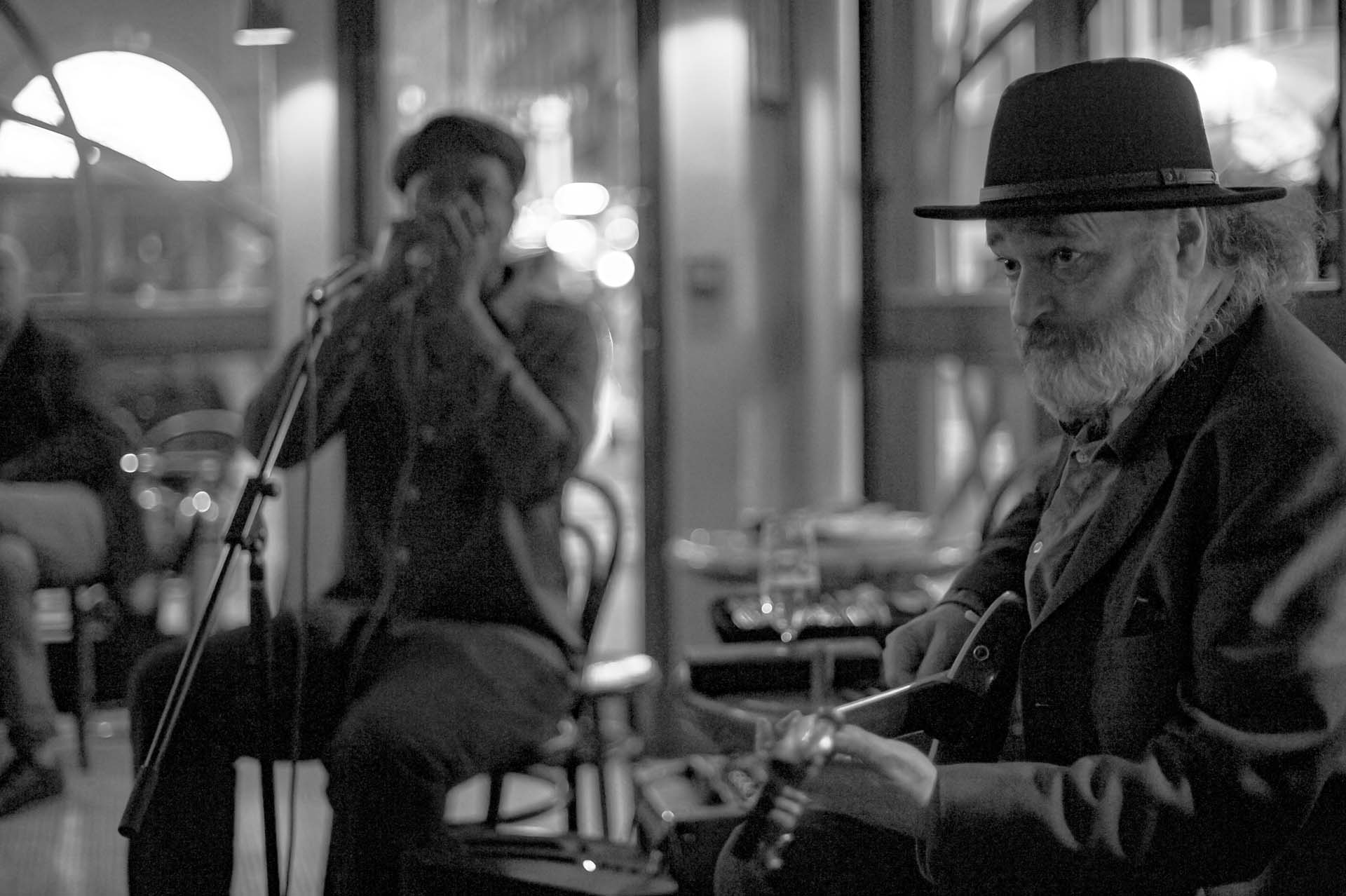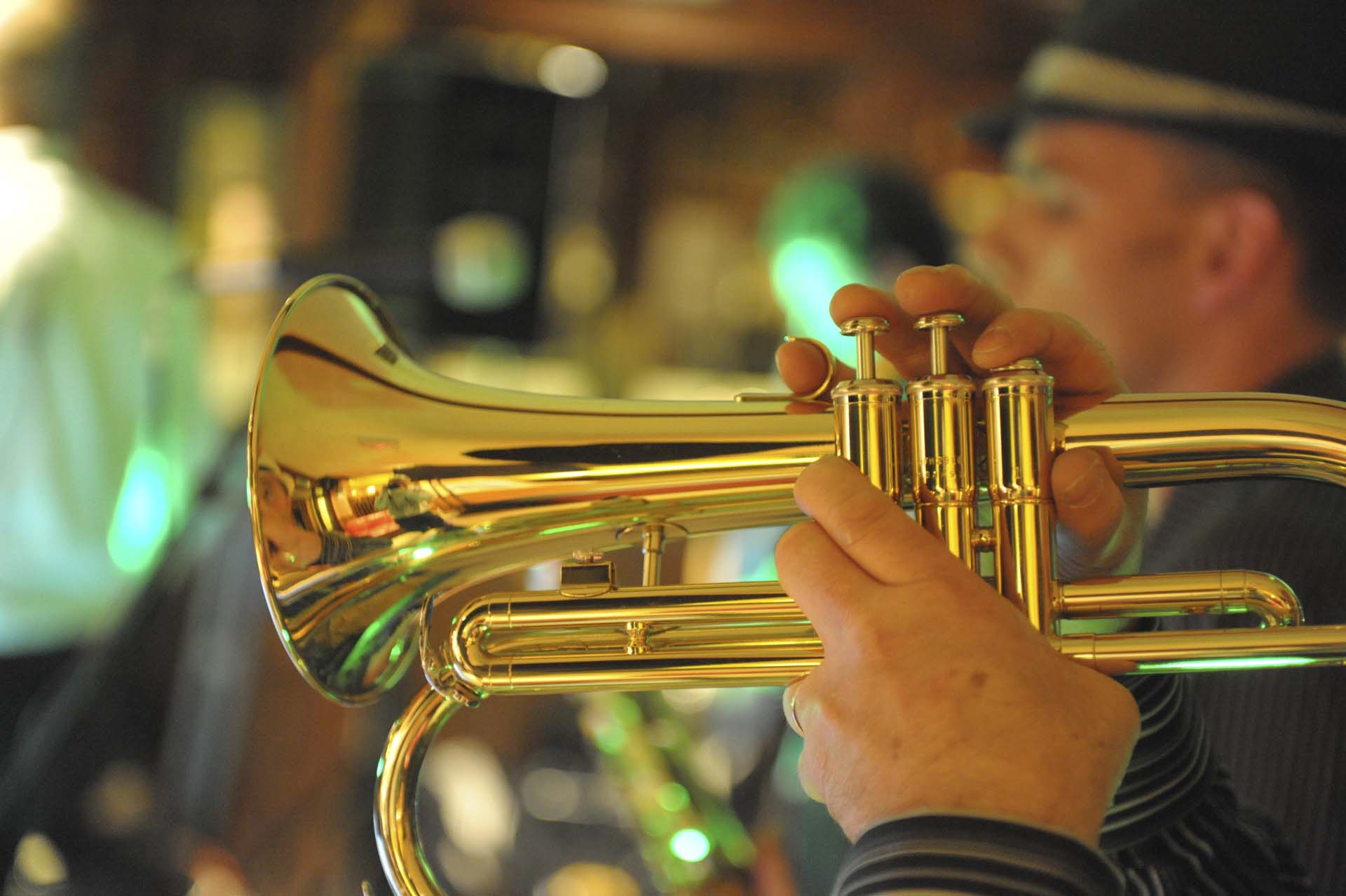Photographing Live Music: Part 1 - Before The Gig
If, like me, you love music, and love photographs that capture the feel of live music events, you will be interested in gig photography. For me photographing live music is a particular joy. It seems odd – taking silent, static pictures of an activity which is all about sound, and yet there is a magic to it.
What is the best way to go about it? What do you need to think about before the gig? What is the best camera gear for music shoots? What are the best settings while shooting? And how do you get the best results from your photos in post-processing?
In this series we will look at these questions and many more. Feel free to give me any feedback, or questions that need answers.
First thing: who are these photos for? Have you been asked to take them (by the band, or the venue, or the promoter?) or are they simply for your own enjoyment or to promote your photography?
Unless you have been asked to photograph the gig, make sure that you ask permission to take pictures. Most gigs are not in public spaces, and it is a good idea to ask permission both from the artists and the venue people. Sure, many bands are very glad to have someone taking decent images, but don’t presume it.
It’s a bit different at really big events. Festival crowds are full of people taking pictures, but generally, if you want to use an SLR or high-end mirrorless camera, it pays to apply to be a recognise photographer at the event.
The great advantage of asking permissions (aside from simple courtesy and legal necessity) is that it often gets you to places in the gig you couldn’t otherwise go to, and to making friends and finding that one gig leads to another. Sometimes shooting small gigs has led me to big gigs with bigger name bands – and at other times to properly paid work.
The other thing you need to do in advance of the gig is think about the type of event and therefore what gear you need to take. It is obvious comparing the O2 image here and the Cafe Boheme image above that they were very different events. Sometimes you won’t know in advance, but where possible ask questions like:
How large is the venue? (taking your longest lenses to tiny, intimate venues is a waste of time, and in places like a cafe you want small, inconspicuous, neat primes over big zooms anyway. A 70-200 will just look rude!)
What kind of lighting will there be? In general, gig photography is helped by good high ISO performance bodies, but that is not as critical as people think. Especially with good stage lighting, low ISO will work. It is only where there is only low ambient lighting that things get difficult. General rule though – a good gig camera is a good camera in the dark.
How free will I be to move? This will depend on many factors, and is hard to predict. Dense crowds can make movement almost impossible, although permission to be stage-side of the crowd barrier gives you a fantastic freedom, and you may need some good wide angle options. But if you are stuck a long way from the stage, only a long lens will do.
That will be it for this week. Next time – actual shooting at gigs – what to look out for and how to behave to preserve your own health, your gear and your reputation!
For a round up of my musical photography, please see my main web page here. To contact me to enquire about photography for your band or event, please use my Contact Form or just text (07983 787889) or email me at Andrew@AndrewKingPhotography.co.uk
Photos © copyright Andrew King Photography





